Have you ever wondered about the proper steps to maintain your well system effectively? Owning a private well system for your home is a fantastic way to have access to fresh, underground water. However, like any other household system, it requires regular maintenance to ensure it provides clean and safe water. Properly caring for your well system can save you costly repairs and ensure your water supply remains uninterrupted.
In this guide, we’ll walk through the essential aspects of maintaining a well system, how to recognize different issues, and discuss preventive measures to keep your water clean and safe.
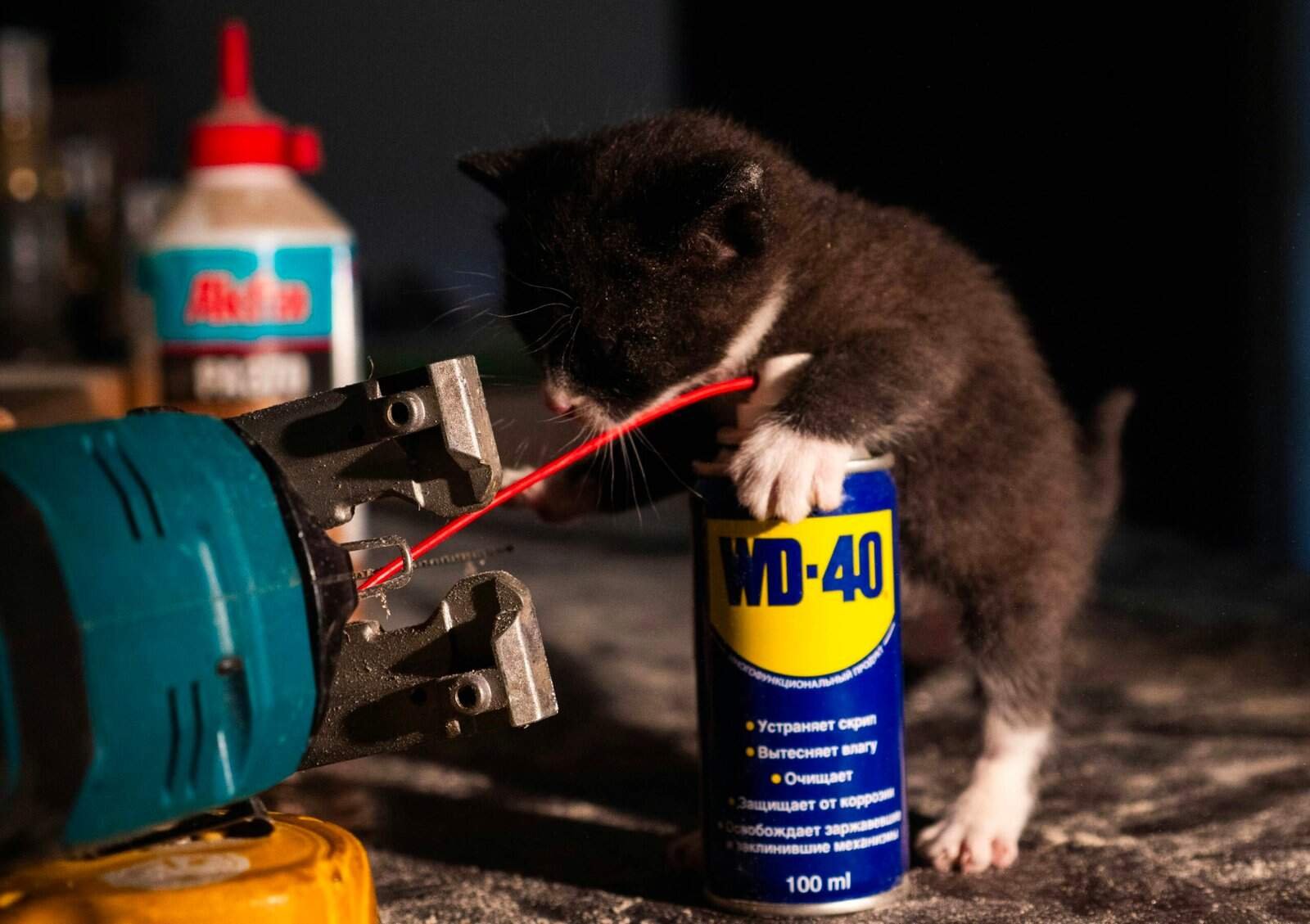
Understanding Your Well System
Before delving into maintenance, it’s important to understand the components of your well system. A comprehensive understanding will help you maintain it more effectively and troubleshoot when necessary.
Components of a Well System
Your well system consists of several key components that work together to deliver water to your home:
Well Casing: This is the tube-shaped structure placed in the drilled well to provide a pathway for water to reach the surface. It often comprises steel or PVC and supports the well’s structural integrity.
Well Cap: The well cap sits on top of the casing to prevent contamination from dirt, insects, and other debris.
Pump: The pump removes water from the well and delivers it to your home. Submersible pumps are located within the well, while jet pumps are installed above ground.
Pressure Tank: This regulates water pressure and stores water, reducing how frequently the pump must activate.
Piping: Pipes transport water from the well to your home’s plumbing system.
How Your Well System Works
Understanding how water journey’s from your well to your faucet helps in recognizing what goes wrong when issues arise:
Water Extraction: The pump draws water from the aquifer via the well casing.
Water Storage: The pressure tank stores water, maintaining pressure for delivery to your home on demand.
Water Distribution: As you use water, it flows through a series of pipes to reach faucets, showers, and other water outlets.
Regular Maintenance Practices
Taking steps to regularly maintain your well ensures longevity and functionality. The following sections describe essential maintenance practices.
Annual Well Inspection
Having a professional inspect your well yearly can detect early signs of wear and ensure compliance with safety standards. During inspections, professionals often check the following:
| Feature | What to Check |
|---|---|
| Well Cap | Secure fitting, no signs of cracks or tears |
| Well Casing | No visible cracks or damage |
| Pressure Tank | Proper pressure settings, absence of leaks |
| Pump Function | Efficient water pumping, suitable sound levels |
Water Testing
Annual testing of your well water is crucial to ensure it is safe for consumption. Test for contaminants that include bacteria, nitrates, and any region-specific concerns. Water testing kits or professional water testing services can help you ensure safety.
Inspect and Clean Pump
Over time, mineral deposits or debris can impact the efficiency and function of the well pump. Regular inspections and professional cleaning every 3 to 5 years can prevent these issues.
Keep the Area Around the Well Clean
Maintain cleanliness around the wellhead. Avoid stacking materials nearby or spilling chemicals, which can jeopardize water purity. Ensuring good drainage around the wellhead helps prevent rainwater contamination.
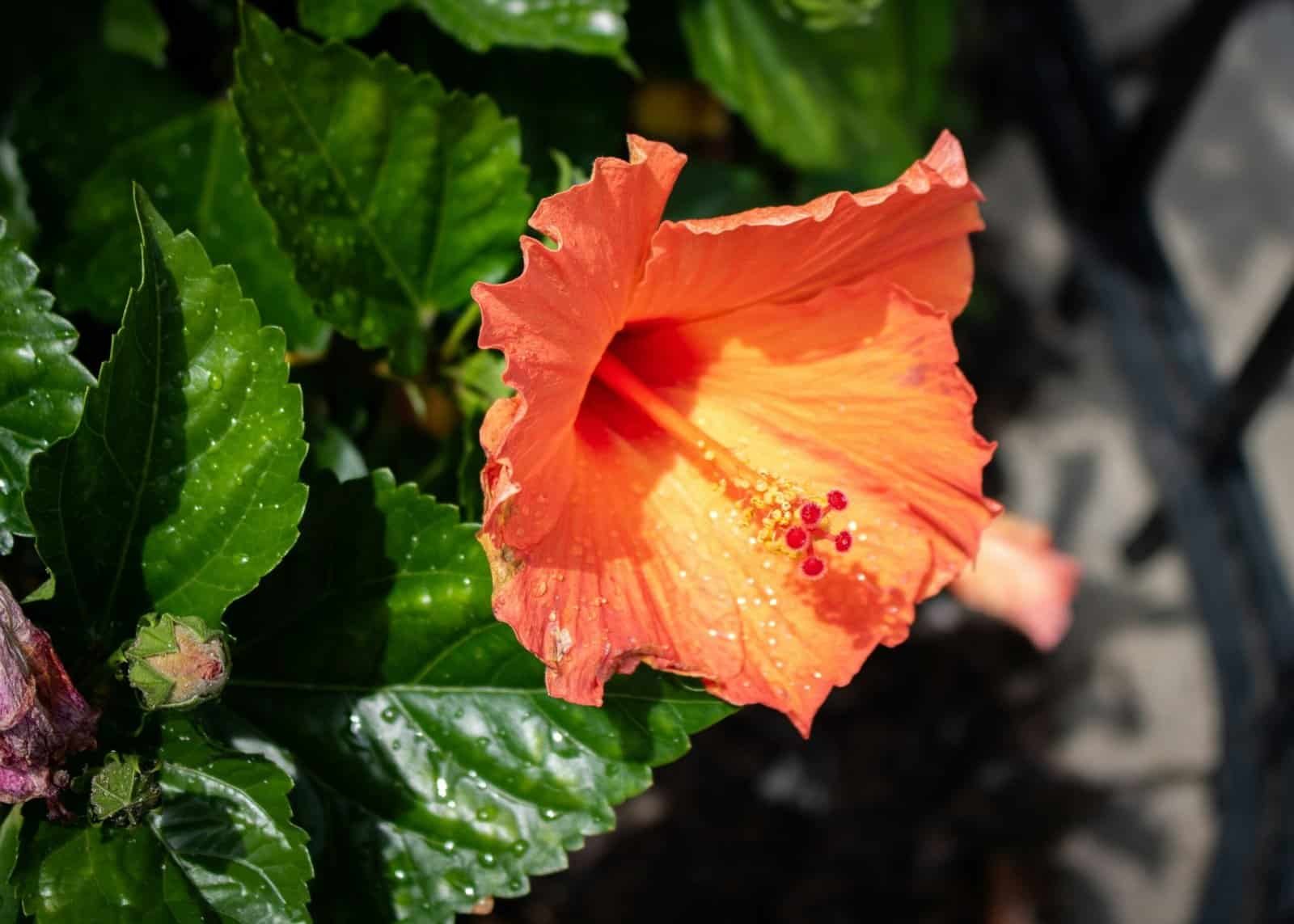
Safety Considerations
Safety should always be top of mind when dealing with a well system. There are specific considerations to bear in mind to protect both your well and your household.
Preventing Contamination
A primary concern is avoiding water contamination, which could lead to health risks:
Chemical Use: Avoid using harsh chemicals or pesticides near the wellhead, which could infiltrate the water supply.
Grading: Ensure the land around the well is graded to divert rainwater and potential contaminants.
Electrical Safety
Since your well system involves electrical components, take necessary precautions:
Professional Repairs: Always hire qualified professionals for electrical repairs.
Circuit Maintenance: Ensure circuits related to the well pump and system are kept dry and maintained adequately.
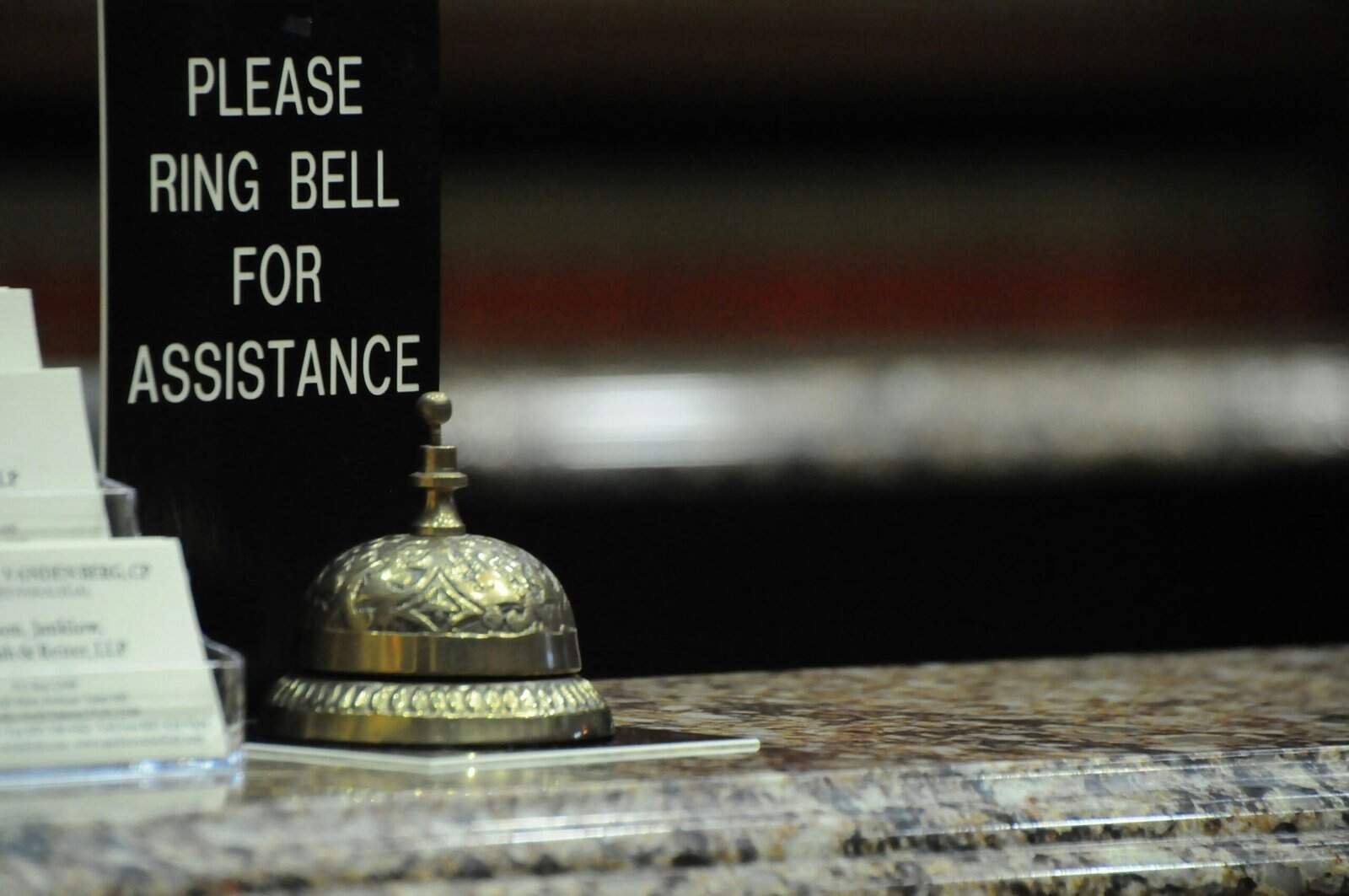
Troubleshooting Common Issues
Even well-maintained systems can face issues. Understanding these problems and how to address them can save time and costs.
Low Water Pressure
If you’re experiencing low water pressure, consider the following troubleshooting steps:
Check Pressure Tank: Ensure correct pressure settings and inspect for leaks.
Inspect Filter: Clogged filters can reduce water flow, requiring cleaning or replacement.
Pump Issues: A malfunctioning pump may need professional repair or replacement.
Strange Taste or Smell
If your water has odd tastes or odors, it’s crucial to address these promptly:
Testing for Contaminants: Perform chemical tests to identify bacterial or chemical presence.
Shock Chlorination: Disinfect the well by using shock chlorination.
Cloudy or Colored Water
Discoloration or cloudiness can indicate sediment, mineral presence, or potential contamination. Flush the system and test the water to identify contaminants needing resolution.
Pump Cycling Frequently
Frequent cycling of the pump can indicate several issues:
Pressure Tank Malfunction: Inspect the pressure settings or bladder condition.
Leaks: Review both internal and external plumbing for leaks.
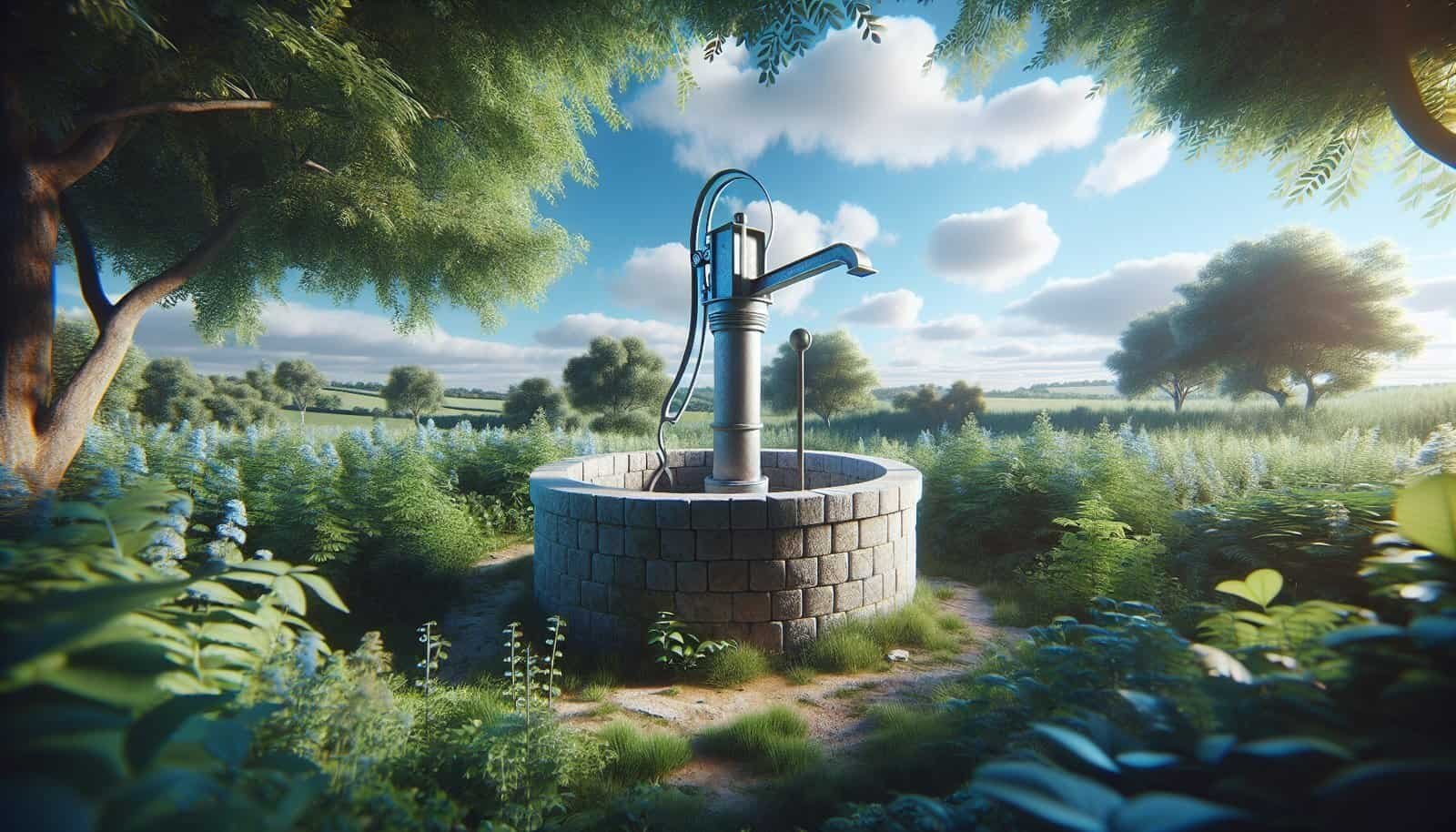
Scheduling Professional Maintenance
While you can handle many routine maintenance tasks yourself, some jobs require a professional touch. Deciding when to call an expert is crucial for efficiency and safety.
When to Hire a Professional
Complex Electrical Work: Issues related to wiring or electrical faults should be left to certified technicians.
Major Repairs: Structural issues with the casing, profound pump repairs, and deep well cleaning demand professional expertise.
Choosing the Right Professional
When selecting a contractor or technician, experience and reliability are key. Verify qualifications, check references, and ensure compliance with local regulations before committing.
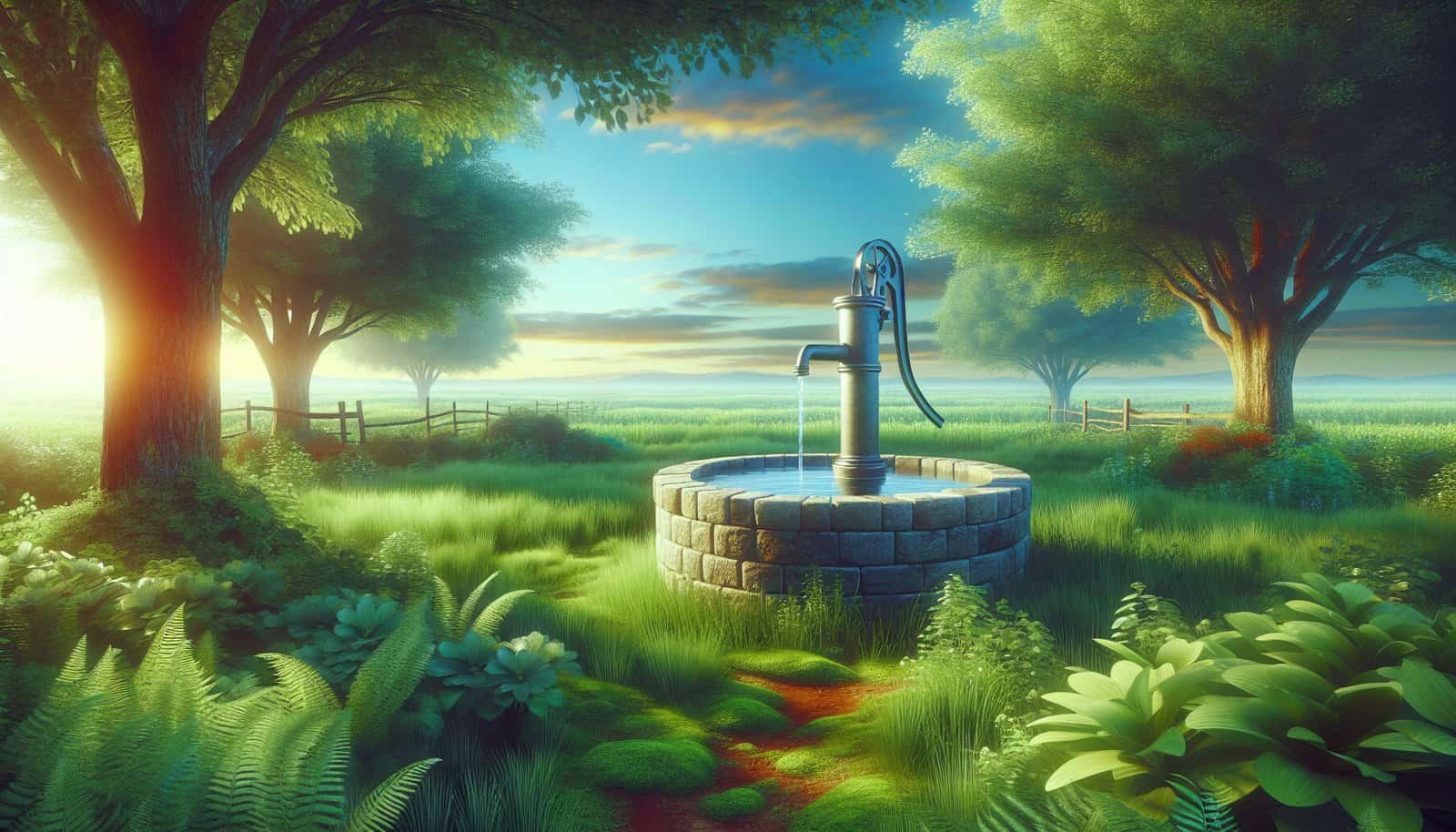
Conclusion
Maintaining your well system doesn’t need to be daunting. Consistent checks, understanding its workings, and adhering to safety practices can ensure long-term functionality, safe water for consumption, and a reliable home water source. Remember that while routine maintenance can prevent many issues, professional help is sometimes necessary to tackle complex repairs or inspections. By staying proactive, you ensure your well system remains a trustworthy cornerstone of your household.
